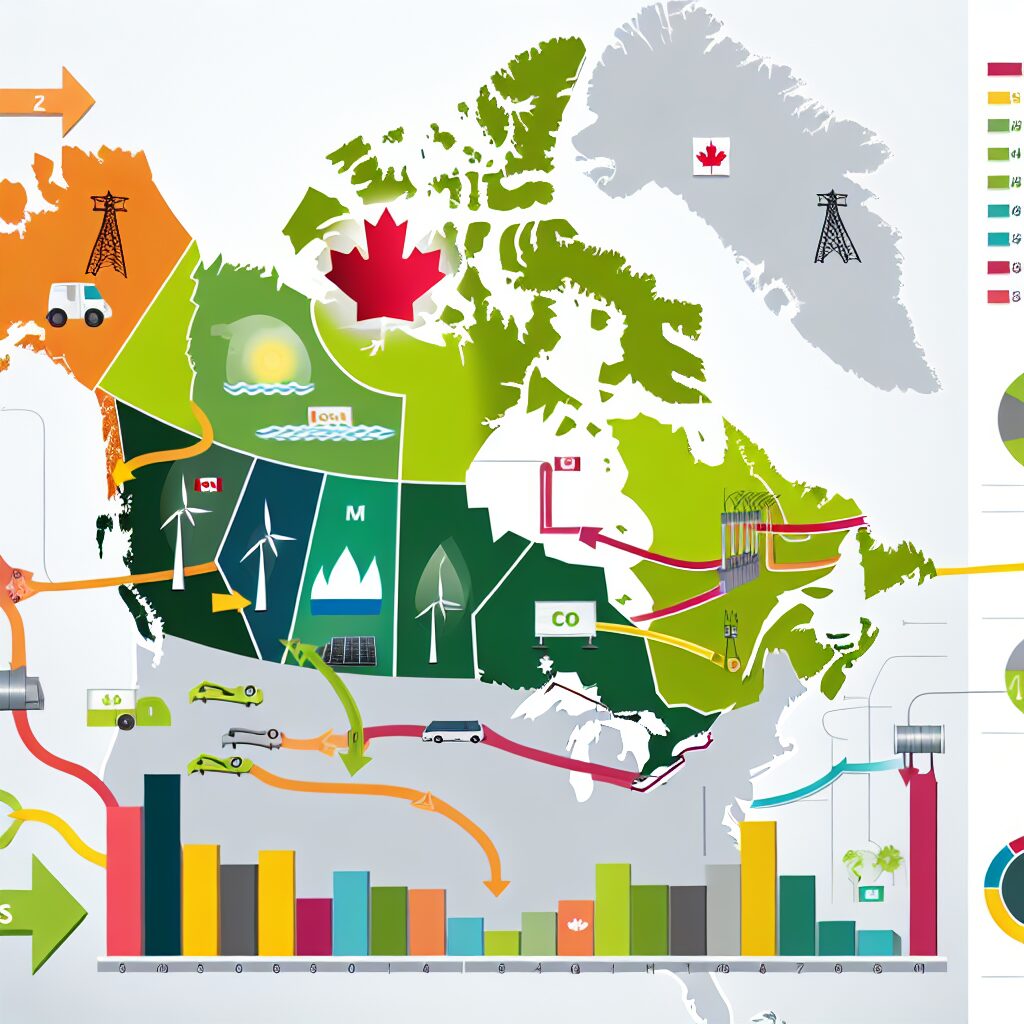The Key Role of Provincial Energy Maps in Clean Energy Transition
Transitioning to clean energy is no longer a distant aspiration but a pressing necessity globally. As regions strive to shift towards renewable energy sources, provincial energy maps are becoming indispensable tools. These maps are more than just geographical depictions; they are strategic resources that guide policy-making, investment, and the broader clean energy transition.
Understanding Provincial Energy Maps
Provincial energy maps offer a comprehensive view of the energy landscape within a particular region. They illustrate the existing energy infrastructure, including detailed depictions of renewable energy sources such as solar, wind, hydro, and biomass. They also provide crucial information on energy consumption patterns, potential renewable energy hotspots, and areas that need infrastructure upgrades.
These maps enable policymakers to visualize the energy transition pathway efficiently. Instead of relying on disparate pieces of data, stakeholders can use these maps to understand the energy ecosystem holistically. This visualization aids in making informed decisions on where to allocate resources and how to optimize energy distribution and consumption.
Guiding Investment in Renewable Energy
For investors in the renewable energy sector, provincial energy maps are goldmines of information. These maps help investors identify promising locations for wind farms, solar panels, and other renewable energy projects. By highlighting areas with untapped renewable energy potential, these maps reduce the risks associated with investment and foster confidence in the viability of new projects.
Moreover, the maps indicate existing infrastructures, such as the grid’s capacity to handle additional renewable energy loads. This information is crucial because it determines the initial costs and could impact the profitability of renewable energy projects.
Helping Policymakers in Decision-Making
Policies and regulations are critical to accelerating the clean energy transition. Provincial energy maps provide policymakers with the data and insights they need to implement effective policies. For instance, by understanding the current energy consumption patterns and future energy needs, governments can develop tailored policies that encourage sustainable energy use and reduce dependency on fossil fuels.
Additionally, these maps assist in pinpointing regions that are lagging in the clean energy transition. Policies can then be designed to incentivize renewable energy adoption in these areas, ensuring a balanced and inclusive approach to the transition.
Empowering Local Communities
Provincial energy maps are instrumental in empowering local communities. They can educate residents about the renewable energy potential within their region and the importance of supporting clean energy initiatives. When communities are informed and involved, they are more likely to support local clean energy projects, which can significantly contribute to the overall transition.
Furthermore, these maps can highlight opportunities for local businesses and households to participate in energy initiatives, such as installing solar panels or engaging in community wind projects. This grassroots involvement is crucial for a sustainable and resilient energy future.
Future Innovations: Interactive and Real-Time Mapping
As technology advances, the future of provincial energy maps lies in their evolution into interactive and real-time tools. Soon, these maps could integrate real-time data on energy production and consumption, weather patterns, and grid performance. Such advancements would offer even more precise insights and allow for dynamic response strategies.
Interactive maps could also facilitate stakeholder engagement by allowing users to simulate different energy scenarios. For example, communities could visualize the impact of installing additional solar panels or enhancing grid infrastructure. This functionality would be invaluable for planning and educational purposes, ensuring that every stakeholder is well-informed and aligned with the transition goals.
Conclusion
Provincial energy maps are pivotal in steering the clean energy transition. By offering a detailed and strategic view of the energy landscape, these maps support investment, inform policymaking, and empower communities. As we look to a future powered by renewable energy, provincial energy maps will remain essential in navigating the path towards a sustainable and resilient energy system.
Source
https://example.com/the-key-role-of-provincial-energy-maps-in-clean-energy-transition

